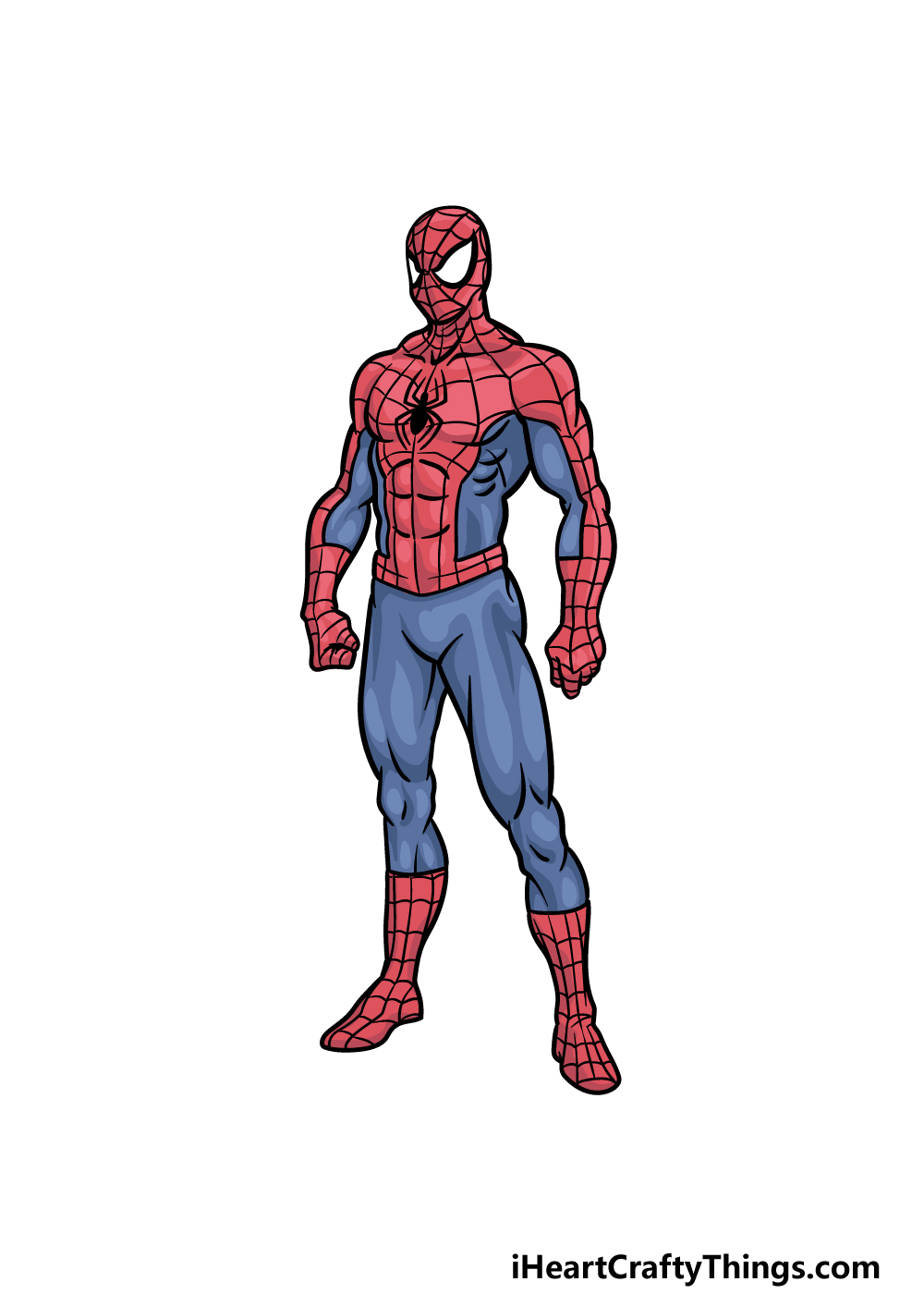Introduction
Drawing is a skill that allows us to bring our imagination to life on paper. Whether you’re an aspiring artist or just someone who enjoys doodling, drawing iconic characters like Spiderman can be both fun and rewarding. This guide will walk you through the entire process of drawing Spiderman, from understanding the history and choosing the right materials to mastering advanced techniques and showcasing your finished artwork.
History of Spiderman
Origin of Spiderman Character
Spiderman, one of the most beloved superheroes, made his debut in 1962 in “Amazing Fantasy” #15. Created by writer Stan Lee and artist Steve Ditko, Spiderman quickly became a symbol of heroism and responsibility.
Evolution of Spiderman’s Appearance
Over the decades, Spiderman’s look has evolved, with various artists adding their unique touches to his costume and physical features. Understanding these changes can help you capture the essence of Spiderman in your drawings.
Materials Needed
Pencils and Erasers
A good set of pencils, ranging from hard (H) to soft (B) grades, is essential. An eraser is equally important for correcting mistakes and refining your drawing.
Paper Types
Choosing the right paper can make a significant difference. Smooth, heavy-weight paper is ideal for detailed work and inking.
Inking Pens and Markers
Inking pens, such as Microns or brush pens, help define the final lines of your drawing. Markers can be used for bold outlines and adding depth.
Coloring Tools
Colored pencils, markers, and paints are great for bringing your Spiderman drawing to life with vibrant colors.
Basic Drawing Techniques
Understanding Proportions
Proportions are the foundation of any good drawing. Start by understanding the basic proportions of the human body and how they apply to Spiderman.
Basic Shapes and Structures
Break down Spiderman’s form into basic shapes like circles, ovals, and rectangles. This will make it easier to sketch the overall structure.
Gesture Drawing
Gesture drawing helps capture the action and fluidity of Spiderman’s poses. Practice quick sketches to improve your sense of movement.
Drawing Spiderman’s Head
Sketching the Head Shape
Begin by sketching an oval shape for the head. Divide it into sections to help place the facial features accurately.
Drawing the Facial Features
Spiderman’s mask covers his entire face, but you need to get the eye shapes and positions right. His eyes are large and expressive.
Adding the Mask Details
Draw the web pattern on the mask carefully, ensuring it follows the contours of the head.
Drawing Spiderman’s Body
Sketching the Torso
Start with an outline of the torso, focusing on the chest and abdomen. Keep the proportions in mind.
Drawing the Arms and Hands
Draw the arms extended or in a dynamic pose. Pay attention to muscle definition and the position of the fingers.
Drawing the Legs and Feet
Spiderman’s legs are often shown in action, so practice drawing them in various poses. Focus on the muscles and the flexibility.
Adding Details to the Costume
Web Pattern on the Suit
The web pattern is a signature element of Spiderman’s costume. Draw it carefully to enhance the authenticity of your drawing.
Drawing the Spider Emblem
Place the spider emblem accurately on the chest. It should be symmetrical and proportional to the torso.
Dynamic Poses
Understanding Body Movement
Spiderman is known for his acrobatic movements. Study the human body in motion to capture dynamic poses.
Drawing Spiderman in Action Poses
Practice drawing Spiderman in various action poses, such as swinging from webs or leaping through the air.
Inking Your Drawing
Choosing the Right Inking Tools
Select inking tools that suit your style. Micron pens are great for fine lines, while brush pens offer flexibility.
Techniques for Inking Lines
Ink your drawing with confident, smooth lines. Vary the line thickness to add depth and interest.
Coloring Spiderman
Choosing Colors for the Costume
Spiderman’s costume is primarily red and blue. Choose shades that complement each other and stand out.
Techniques for Coloring
Layer your colors to add depth and richness. Blend smoothly for a polished look.
Shading and Highlighting
Adding Depth with Shading
Shading adds dimension to your drawing. Identify the light source and add shadows accordingly.
Creating Highlights for Dimension
Highlights enhance the three-dimensional effect. Use them sparingly to make key areas pop.
Backgrounds and Settings
Drawing Cityscapes
Spiderman is often depicted in urban environments. Practice drawing cityscapes to create dynamic backgrounds.
Adding Details to Backgrounds
Add details like buildings, windows, and street elements to make your background more realistic and engaging.
Common Mistakes to Avoid
Proportional Errors
Ensure the proportions of your drawing are accurate. Refer to reference images if necessary.
Overcomplicating the Drawing
Keep your drawing simple and clean. Avoid unnecessary details that can clutter the composition.
Tips for Improvement
Practicing Regularly
Consistent practice is key to improving your drawing skills. Set aside time each day to draw.
Studying References
Study artwork and references to understand different styles and techniques. Analyze how other artists draw Spiderman.
Advanced Techniques
Dynamic Lighting
Experiment with different lighting scenarios to add drama and intensity to your drawing.
Foreshortening
Practice foreshortening to create a sense of depth and perspective in your drawings.
Digital Drawing Tools
Introduction to Digital Drawing
Digital drawing offers flexibility and a wide range of tools. Familiarize yourself with the basics of digital art.
Best Software for Drawing
Software like Adobe Photoshop, Clip Studio Paint, and Procreate are popular among digital artists.
Using Drawing Tablets
A drawing tablet can enhance your digital drawing experience. Practice using it to achieve smooth lines and control.
Showcasing Your Artwork
Creating a Portfolio
A portfolio showcases your best work. Organize your drawings and present them professionally.
Sharing on Social Media
Social media platforms are great for sharing your artwork and connecting with other artists.
Participating in Art Communities
Join art communities to receive feedback, participate in challenges, and grow as an artist.
Conclusion
Drawing Spiderman is a rewarding experience that combines creativity and technical skill. By following this guide, you can improve your drawing abilities and create impressive artwork of this iconic superhero. Keep practicing, experimenting with different techniques, and most importantly, have fun with your art!




